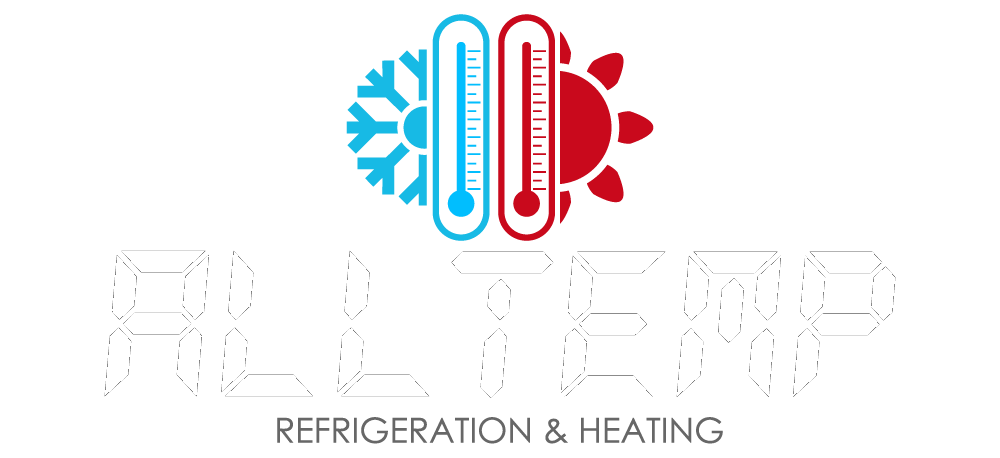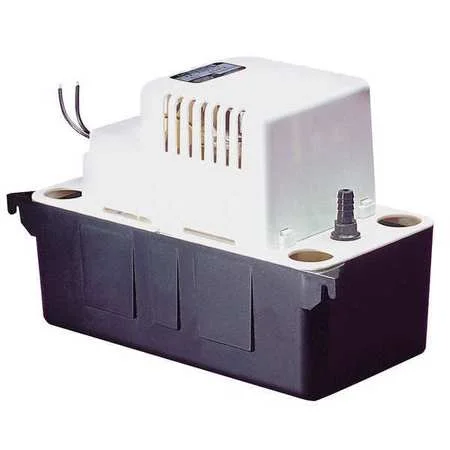There are no standards, national or international, on mold. In spite of this, dire news warnings and fear-mongering seem to be the norm when it comes to mold. You need to know facts about mold, not hype. We are here to help, answer your questions, and come to your aid if necessary.
First, some facts. What is the problem with mold? Who is affected by it? And what can we do to protect ourselves and our loved ones if this truly is an ongoing threat? One thing is for certain—both the news media and certain, nefarious contractors profit from alarmist viewpoints, rather than facts. So, we’ve compiled a list of helpful facts to help you understand the causes, dangers, and treatments of this ubiquitous organism:
- Mold is an ever-present recycler in the out-of-doors, where it plays an important role in the ecosystem. When some varieties grow indoors, they can cause adverse health effects.
- Controlling excessive moisture and condensation will prevent and stop indoor mold growth.
- Household mold becomes a problem if it is the variety which contains toxins, either triple helical glucan or toxic metabolites, which are both toxic to lung cells even at low levels.
- When the mold, Stachybotrys chartarum, often called ‘black mold’ is present, this can cause severe health issues in some people, however, not all black mold is the S. chartarum variety. In addition, mold can cause reactions in some people even if it isn’t S. chartarum, which include sneezing, flu-like symptoms, skin rash, etc.
- People most adversely affected by mold are infants, children, asthmatics, elderly people, and people with allergies or weakened immune systems.
- When you see or smell mold, it’s important to find the cause of the moisture which is causing the mold growth and remedy it, or the problem will return. If the problem is structural (a water leak or broken pipe) a professional may need to be consulted.
- Not all contractors have the experience to deal with a mold problem.
But that isn’t all. You may need guidelines on whether or not the problem is something you can deal with yourself. So, the second thing you need to know is this: how do I decide if I need a professional commercial restoration company?
- If the water is caused by a sewage backup or another toxic source, or fresh water source which has become contaminated.
- If the water has damaged more porous building materials, such as ceiling tiles, wallboard, carpeting or drywall, which needs to be removed and replaced in sufficient quantity as to be a cumbersome or untenable project for the homeowner.
- If the water has resulted in structural damage.
- If the surface area of the mold is larger than 10 square feet.
- If you can’t wear the necessary cleanup items: rubber gloves, an N95 respirator, and goggles—or if these items aren’t available for any reason.
Where is the mold?
Usually, a visible inspection will reveal visible mold growth, concurrent with a leak or some other moisture. In addition, mold can be detected by a musty or lingering odor.
If no mold growth is readily apparent, conduct an inspection of other areas may reveal the source. These include locations of previous leaks, ventilation systems, and areas of condensation. If you have any doubt as to the location of the mold, if you suspect the mold is in the ventilation system, or if there are persons living in the home who are having health issues or one of the groups who is adversely affected by mold, call a professional immediately. It’s important to find the source and find a remedial contractor who specializes in mold and water restoration. Air quality is an important aspect of overall health.













